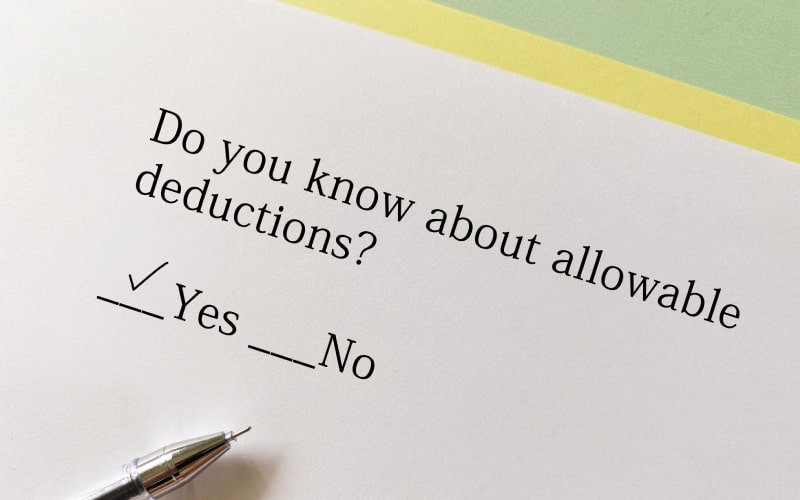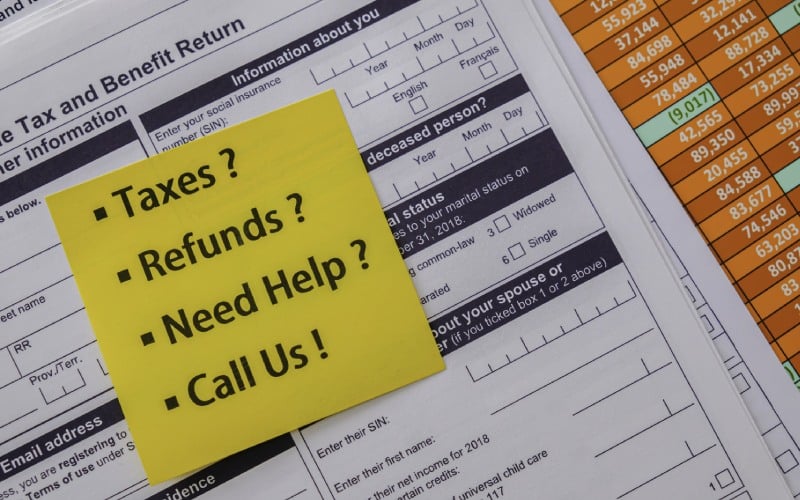Tax-efficient investing is a strategy aimed at minimizing tax liabilities while maximizing investment returns. For dentists, who often fall into high-income brackets, this approach is particularly critical, because of their substantial earnings potential, and helps avoid excessive taxes at higher bracket rates. Dentists can face significant tax liabilities, so efficient wealth management is essential.
Table of Contents
ToggleMaximize Tax-Sheltered Savings
Maximize your savings potential by leveraging Registered Retirement Savings Plans (RRSPs) and Tax-Free Savings Accounts (TFSAs). Contributions to an RRSP reduce your taxable income, allowing you to save more effectively. Funds invested within an RRSP grow tax-free until withdrawal.
Alternatively, TFSAs operate with after-tax contributions, and withdrawals are tax-free, enabling investments to compound without being subject to taxes. TFSAs also provide flexibility as you can access funds depending on the investment type and recontribute withdrawn amounts in subsequent tax years.
To Save on Tax, Be Aware of Asset Location
Asset allocation means spreading your money across different investments to balance risk and potential growth; this diversifies your portfolio so your investments are resilient against fluctuations.
Asset location, on the other hand, is about putting your investments in the right accounts, to pay less tax on the returns they generate. You can do both, for maximum benefits.
If you put the right type of investment in the right type of asset location, you can diversify and make the most of tax sheltering opportunities.
Bonds
Interest earned from bonds is taxed at your marginal tax rate. This means it’s treated as regular income and taxed at the same rate as your employment income. As a dentist who is likely to be in a higher tax bracket, you’ll pay more tax on bond interest.
To mitigate this, consider using tax-sheltered accounts such as RRSP, RRIF, LIRA, LIF, or IPPs to defer these taxes. A TFSA can serve as a secondary option if your RRSP contribution room is used up.
Foreign Dividends
Foreign dividends, including US dividends, are usually subject to higher taxation than Canadian dividends and you may not be eligible for the dividend tax credit on foreign dividends.
Use tax-sheltered accounts like RRSP, RRIF, LIRA, LIF, or IPPs for these investments, as TFSA usage can lead to withholding taxes.
Canadian Dividends
Canadian dividends benefit from the dividend tax credit, which means they’re taxed at a lower rate than interest income or foreign dividends. The exact tax rate on Canadian dividends depends on your income level and the province or territory in which you reside. Generally, the tax rates on Canadian dividends are lower compared to interest income.
Because these are taxed more favourably than bonds or foreign dividends, use tax-sheltered accounts for these after sheltering your bonds and foreign dividends, if you still have room in your TFSA or RRSP.
Capital Gains
Capital gains are triggered when you sell an investment for more than you paid for it. The tax you pay on capital gains is determined by your overall tax rate, but only half of the gain is subject to taxation, making these more advantageous tax-wise.
Capital gains are also tax-efficient because taxes only come into play when you sell an investment. This means you can delay taxes by holding onto your investments in taxable accounts.
Because capital gains are only triggered after selling, If you have space, consider using TFSAs for investments you expect to grow significantly, as both gains and withdrawals are tax-free, as opposed to an RRSP, where you can realize gains tax-free, but withdrawals are taxed as income.

Mitigating Losses
Sometimes, your investments may not perform as well as anticipated. You can use any losses you’ve had on these investments to reduce the amount of tax you have to pay on any profits you’ve made, so you won’t have to pay as much tax on the money you’ve earned from your successful investments.
Using losses to balance out gains is an important part of being tax-efficient and managing your taxes well. Keep track of how your investments are doing so that when it’s time to pay taxes, you’re ready to use any losses to lower your tax bill.
Withdrawing When You’re Retired
It’s important to note that the reverse should happen when you are retired and withdrawing funds.
To maximize tax efficiency in retirement, start by withdrawing from the least tax-efficient sources first. This strategy allows you to preserve more tax-favourable assets, minimizing your overall tax burden. Begin with guaranteed income sources like employment earnings, CPP, OAS, and employer pensions.
Choosing smart investments to grow wealth can be complicated enough, but then juggling investments to maximize tax efficiency just adds to the complexity. Consulting with dentist-focused tax specialists like Dental Tax makes it simple, though. We ensure you are fully leveraging both the growth possibilities of your investments as well as the tax advantages, so you save more of your hard-earned wealth, for sustainable growth and prosperity.
Adam has an MBA from the Richard Ivey School of Business in London and also holds a Chartered Investment Manager designation.
- Maximizing Tax Deductions for Dental Practices - April 1, 2024
- Tax-Efficient Investing For Dentists - March 28, 2024
- 2024 Tax Insights: Key Changes Every Dentist Needs to Know - March 6, 2024




